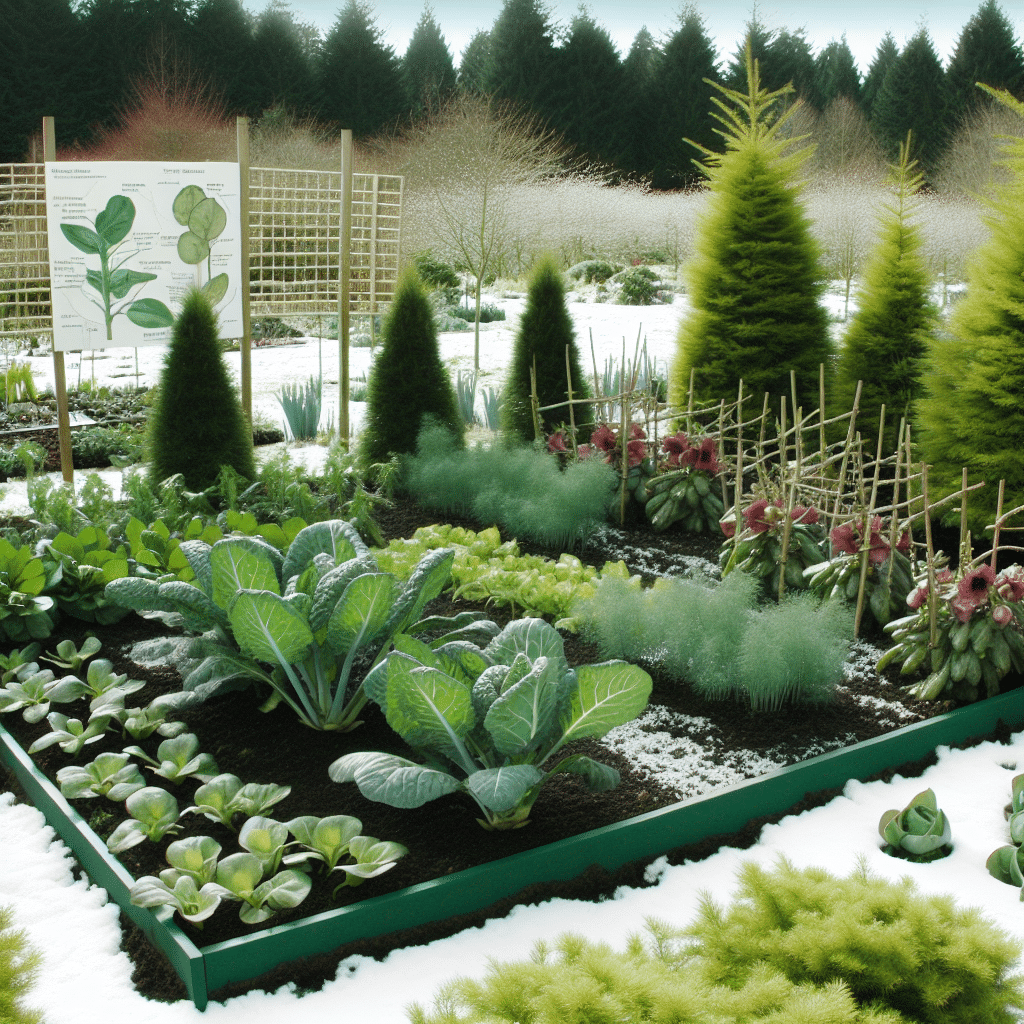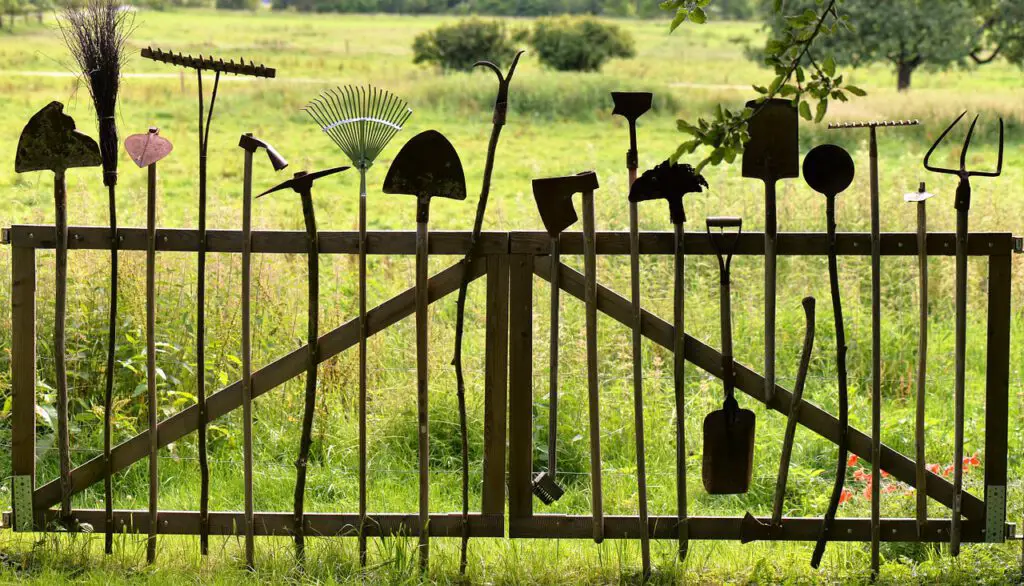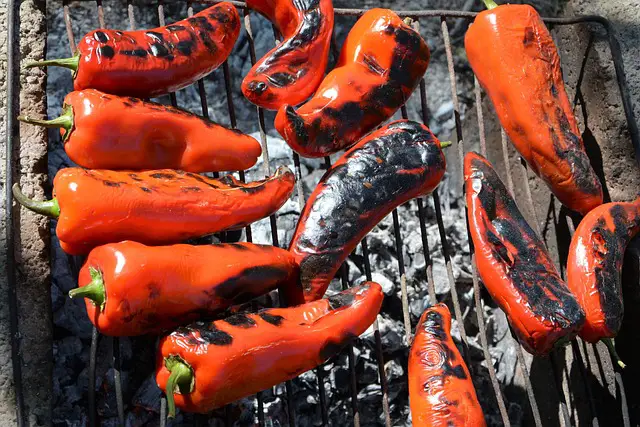Gardening in winter can seem like an insurmountable challenge, especially when the frost starts to bite and the days grow shorter. Many gardeners pack away their tools and wait for spring, but winter offers its own unique opportunities for cultivating and maintaining a thriving garden. Whether you are keen to grow vegetables, ensure your existing plants survive the cold, or add some winter beauty to your landscape, there are plenty of ways to embrace gardening in winter.
Why Garden in Winter?
Can Plants Really Thrive in the Cold?
Absolutely! While it’s true that many plants go dormant or die off in colder temperatures, several hardy varieties are well-suited for winter growth. Winter gardening offers a chance to cultivate vegetables like kale, spinach, and Brussels sprouts, which often become sweeter as temperatures drop. Many bulbs, such as tulips and daffodils, need the cold to bloom beautifully in the spring. Gardening in winter also allows you to plan and prepare for the coming year, ensuring that your garden will be more productive and vibrant.
What Are the Benefits?
Gardening in winter extends your growing season and provides fresh produce when store-bought options are often limited and more expensive. It also keeps you physically active and mentally engaged, both of which are important for overall well-being. Plus, winter gardening can enhance your landscape with evergreens, winter flowers, and structural elements like trellises and garden paths that look stunning against a snowy backdrop.
Crafting Your Winter Garden
Choosing the Right Plants
The key to successful winter gardening is selecting plants that can withstand harsh conditions. Cold-hardy vegetables such as cabbage, carrots, and garlic are great choices. For a splash of color, consider winter-blooming flowers like hellebores, pansies, and winter jasmine. Evergreen shrubs and trees will provide structure and greenery year-round.
Additionally, herbs such as rosemary and thyme can thrive in colder weather and add fresh, homegrown flavor to your winter dishes. Many herbs can also be potted and brought indoors if the outdoor temperatures become too extreme.
Preparing the Soil
Winter soil prep is crucial. Start by clearing away any dead plant material and debris from your garden beds, which can harbor pests and diseases. Add a layer of compost or well-rotted manure to enrich the soil and help it retain moisture. Mulching with straw, leaves, or wood chips helps insulate the soil and protect plant roots from freezing.
If you are growing in containers, ensure they are well-insulated and have proper drainage to prevent waterlogging. Raised beds can also be a good option, as they tend to drain better and warm up faster than ground-level plots.
Winter Gardening Techniques
Using Cold Frames and Greenhouses
Cold frames and greenhouses are invaluable tools for winter gardening. A cold frame is a simple structure, often made of wood and clear plastic or glass, that traps solar energy and warms the soil and air inside. Greenhouses offer more space and control over the growing environment, allowing for a broader range of plants. Both options extend the growing season and protect plants from extreme cold and wind.
Row Covers and Mulching
Row covers are lightweight fabrics that can be draped over plants to provide frost protection and retain heat. They are especially useful for tender greens and young seedlings. Heavy mulching is another effective technique; it insulates the soil and roots, keeping them at a more stable temperature and preventing freeze-thaw cycles that can damage plants.
Watering Wisely
Watering during winter requires a delicate balance. Overwatering can lead to root rot, while underwatering can stress plants already coping with cold conditions. Water on mild days when the soil is not frozen and ensure you do so in the morning, giving plants time to absorb moisture before temperatures drop at night.
Winter Garden Pests and Problems
Dealing with Pests
Winter may reduce the number of active pests, but it doesn’t eliminate them entirely. Some insects, like aphids and spider mites, can thrive in protected environments like greenhouses. Regularly inspect your plants and use organic insecticidal soap or neem oil to keep these pests in check.
Preventing Disease
The damp and cold conditions of winter can be a breeding ground for fungal diseases. Good air circulation is key to preventing issues like powdery mildew and root rot. Prune plants to improve airflow and space them appropriately. Using disease-resistant plant varieties and practicing crop rotation can also mitigate disease risk.
Enjoying the Fruits of Your Labor
Harvesting Winter Crops
One of the most satisfying aspects of gardening in winter is harvesting cold-hardy crops. Leafy greens like kale and spinach can be picked continuously throughout the season. Root vegetables such as carrots and parsnips can be left in the ground and dug up as needed. Just be sure to harvest them before the soil freezes completely.
Beauty in the Frost
Winter gardens have a unique beauty all their own. Frost-kissed foliage, snow-dusted evergreens, and bright winter blooms create a picturesque landscape. Enjoy the peaceful ambiance and take time to observe the intricate patterns and textures that emerge in the colder months.
Conclusion
Gardening in winter may require some extra effort and planning, but the rewards are well worth it. From fresh, homegrown vegetables to an aesthetically pleasing winter landscape, the benefits of winter gardening are numerous. By selecting the right plants, employing effective techniques, and staying vigilant against pests and diseases, you can transform your garden into a year-round sanctuary. So, don’t let the cold discourage you—grab your gardening gloves and embrace the unique joys of winter gardening.




